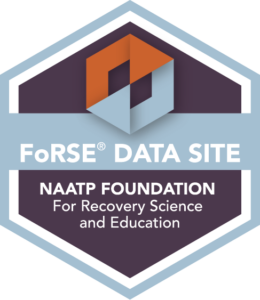Cognitive-behavioral therapy or CBT is currently the most commonly used form of psychotherapy, with loads of research backing up its effectiveness for conditions such as depression, anxiety disorders, obsessive-compulsive disorder, and post-traumatic stress disorder. CBT is also commonly used in the treatment of addiction. If there was an industrial-strength version of CBT, it would probably be dialectical behavior therapy or DBT. Developed in the 1980s as a specific form of CBT, DBT was used to treat borderline personality disorder, a condition characterized by volatile emotions and turbulent relationships. Since it was first developed, DBT has proven to be effective in treating a number of stubborn conditions, including suicidal depression, eating disorders, and substance use disorders. The following insights are what separate DBT from CBT.
Mental wellness is a skill.
With CBT, the emphasis is on identifying cognitive distortions and replacing distorted beliefs with more objective beliefs. You might believe, for example, that you must do everything perfectly in order to be worthy. Minor mistakes might make you feel awful as a result, creating a reluctance to try new things. Replacing these thought patterns with more rational beliefs such as, “It’s normal to make mistakes,” or “my ability to do this specific thing well has no bearing on my value as a person,” can greatly improve mental health.
DBT certainly includes this kind of reframing in its emphasis on emotional regulation. However, DBT also recognizes that emotional regulation skills and interpersonal skills take some practice to master. Group therapy elements are included in DBT where clients are encouraged to practice new skills in a controlled environment.
Distress Tolerance Is a Superpower
As mentioned above, emotional regulation is an important part of DBT. Part of this process includes recognizing that challenging emotions are inevitable. Consequently, DBT emphasizes distress tolerance in addition to emotional regulation strategies. Expanding your capacity to accept and tolerate challenging emotions that may arise suddenly in certain situations becomes a major goal of DBT. Teaching mindfulness or non-judgmental awareness of distressing emotions is one of the more common ways that DBT promotes increased distress tolerance, supporting clients to be less reactive in difficult situations.
Acceptance Is Key
The creator of DBT found that her clients with borderline personality disorder often responded poorly to CBT because of the emphasis on changing thoughts and behavior. Clients felt they needed validation, not fixing. DBT seeks to find a balance between accepting challenging emotions and resolving them. Just as acceptance of uncomfortable emotions is the beginning of distress tolerance, accepting the client as they are is the beginning of meaningful change.
Need Support?
Whether or not you go through DBT, the core concepts — that mental wellness is a skill requiring practice, distress tolerance is a superpower, and acceptance is key — are valuable for recovery. You can incorporate them into everything you do. At Tree House Recovery of Orange County, we focus on making men stronger and more resilient, mentally and physically. To learn more about our unique addiction treatment program, call us today at 855-202-2138.






